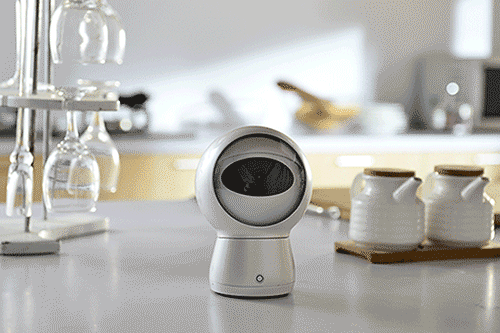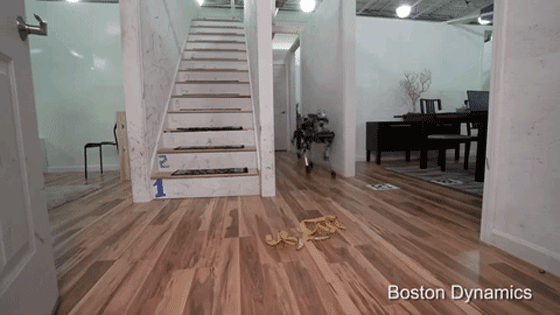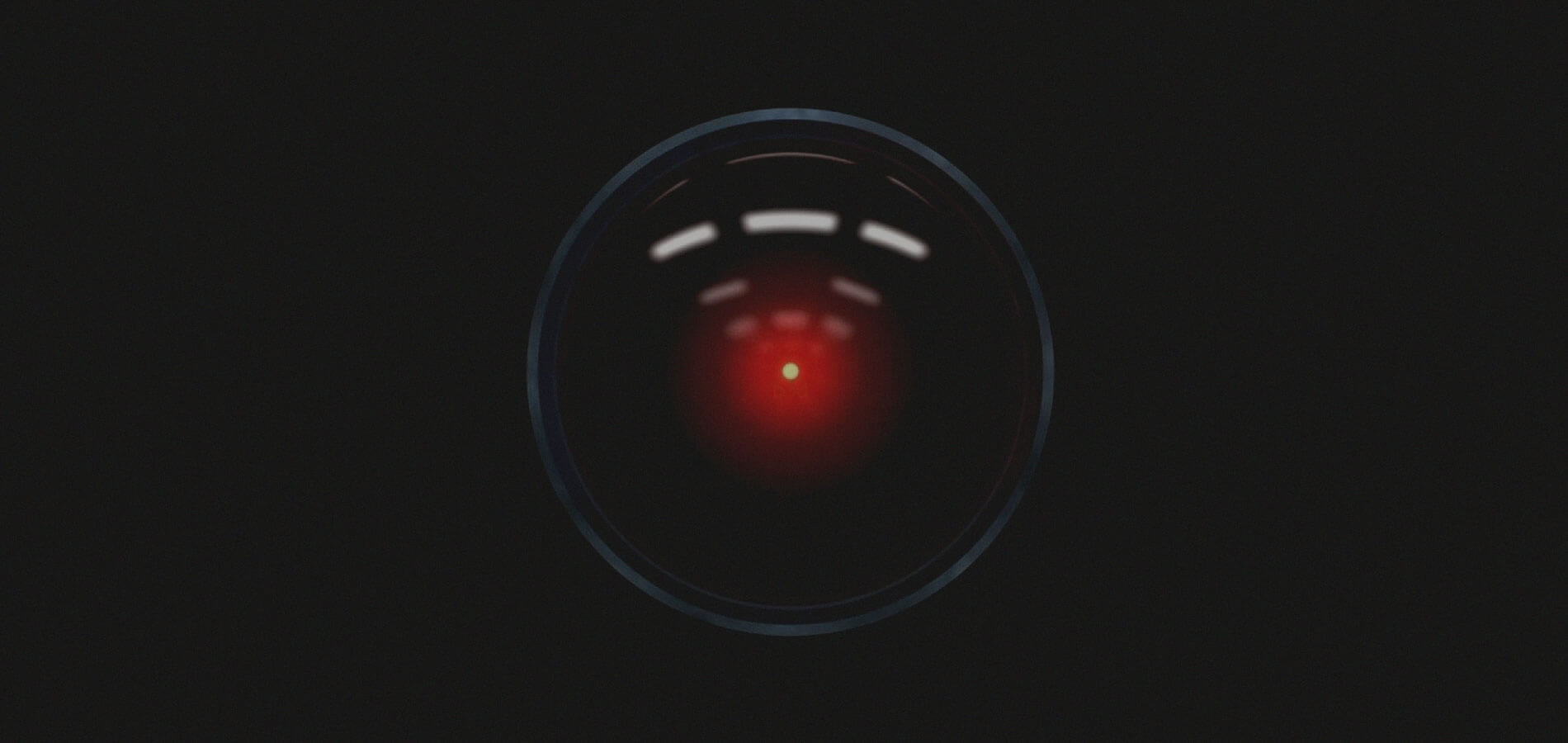I mean look at this… This is the Moorebot, it boasts an “eyeball dance” that will entertain the young and easily-amused while playing music. Sounds lovely right? Think again…

This is an established trend. Moorebot is just the latest in a long line of products that conform to this design. So why do all these products focus on such a similar design? I hear you ask! The answer is simple: a human’s need for emotional interaction and intimacy.
None of these products offer functions that you can’t replicate by sticking a tablet or a smartphone on a shelf somewhere in your house. They can control your home’s electronics, turning on lights or hooking up to burglar alarms — but so can smartphone apps. You can shout at them to play music, send texts, or schedule calendar events — but you can do exactly the same with Alexa, Siri, or Google Now. They sometimes add in a little extra functionality (like face recognition), but it’s nothing you couldn’t achieve with a mobile device.
The big tech companies know the limitations of the tech, which is why they’re offering this functionality in static products like the Amazon Echo and Google Home but the idea of an emotional, relatable personal assistant is far more powerful than any product spec sheet. To demonstrate the point, here’s Boston Dynamics’ robot being defeated by a banana peel:

So, in the absence of selling anything of practical use, the makers of personal assistants are selling the dream. People want a cute product they can interact with (they want Wall-E!), and animated eyes are a great shortcut to faking emotions and intimacy. We instinctively pay attention to eyes, and we read a lot into them. Plus, if you’re going incorporate a display into your product somewhere, you may as well use that display to show emotion or even better give it a super personable name like Siri or Alexa.
Like Tom Hanks and his best volleyball pal in Cast Away, if you want to bond with something — put a face on it. Just don’t expect it to be much use because of that.

Do you have a digital product or service you want to bring to life? Email us [email protected]. We promise we’ll do much more than draw a smiley face on it.
